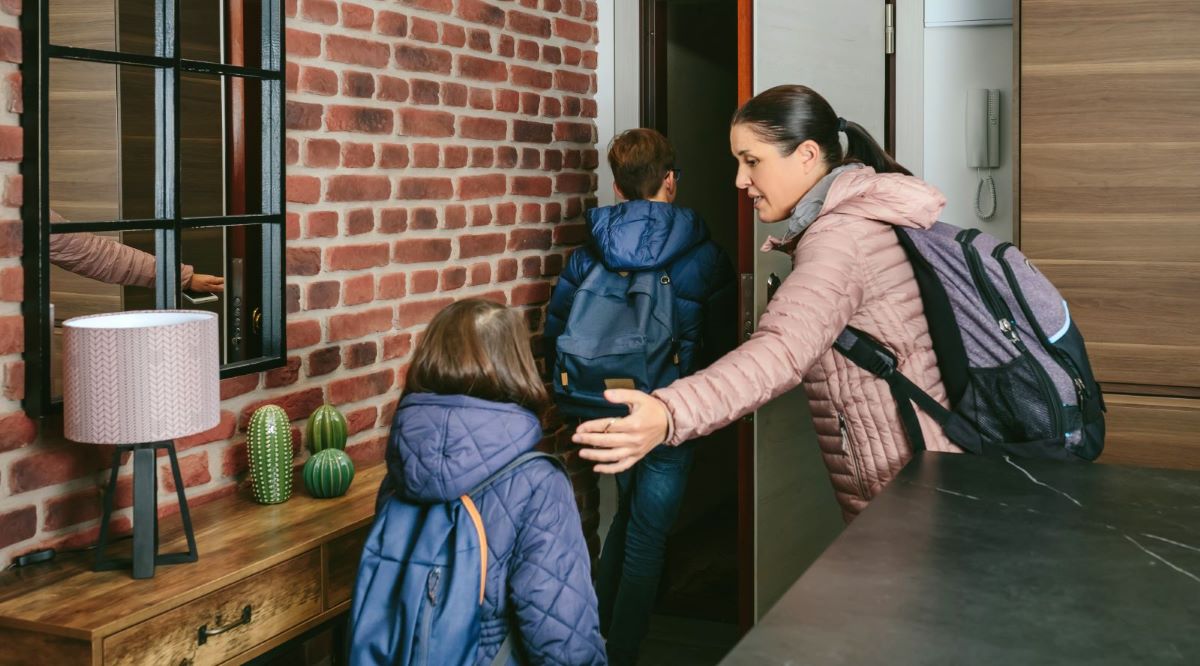When an earthquake hits, quick and decisive action can save lives. Here’s a guide on what to do immediately after the shaking stops to ensure your safety and the safety of those around you.
1. Check Yourself for Injuries

Start by checking yourself for any injuries. Administer first aid to yourself if necessary before helping others.
2. Protect Against Aftershocks

Aftershocks can occur minutes, hours, or even days after the main quake. Stay alert and be prepared to drop, cover, and hold on again.
3. Inspect Your Surroundings

Look around for hazards like broken glass, unstable furniture, or structural damage. Move away from any potential dangers.
4. Check on Family Members

Ensure that everyone in your household is safe and uninjured. Help those who may need assistance.
5. Avoid Using Matches or Lighters

Avoid using matches, lighters, or any open flames due to potential gas leaks. Use flashlights or other battery-powered lights instead.
6. Turn Off Utilities

If you suspect a gas leak, turn off the gas at the main valve. Also, turn off water and electricity if you suspect damage to these systems.
7. Listen to Emergency Broadcasts

Tune in to local radio or television stations for emergency information and instructions from authorities.
8. Use Text Messages for Communication

Use text messaging to communicate with family and friends. Phone lines may be overloaded, but texts often get through.
9. Check for Structural Damage

Inspect your home for structural damage. If the building is unsafe, evacuate and stay out until it has been inspected and deemed safe by professionals.
10. Help Neighbors

Check on your neighbors, especially those who are elderly, disabled, or have young children. Offer assistance where needed.
11. Avoid Driving

Unless absolutely necessary, avoid driving to keep roads clear for emergency vehicles. If you must drive, watch for hazards like cracks in the road or fallen debris.
12. Clean Up Hazardous Spills

If it is safe to do so, clean up hazardous materials such as flammable liquids, chemicals, or medications to prevent further danger.
13. Be Prepared to Evacuate

If local authorities instruct you to evacuate, do so immediately. Know your evacuation routes and have your emergency kit ready.
14. Use Extreme Caution When Opening Cabinets

Open cabinets carefully as objects inside may have shifted and could fall out, causing injury.
15. Stay Away from Damaged Areas

Keep away from areas that have sustained significant damage. These areas could have unstable structures and other hidden dangers.
16. Avoid the Coastline

If you are near the coast, move to higher ground. Earthquakes can trigger tsunamis, which can occur minutes to hours after the initial quake.
17. Check Food and Water Supplies

Inspect your food and water supplies for contamination. Use your emergency kit provisions if necessary.
18. Document Damage

Take photos and document any damage to your property for insurance purposes. This will be helpful for filing claims later.
19. Contact Insurance Providers

As soon as it is safe, contact your insurance providers to start the claims process. Provide them with the documentation and photos you have collected.
20. Stay Informed

Continue to stay informed through local news and emergency broadcasts for updates and further instructions from authorities.
Stay Prepared and Stay Safe

Remember, your safety and the safety of those around you is the top priority after an earthquake. Have you reviewed your emergency plan recently? Being prepared can make all the difference in the chaotic aftermath of a quake.
The post 20 Steps to Take Immediately After an Earthquake Strikes first appeared on Mama Say What?!
Featured Image Credit: Shutterstock / David Pereiras.
For transparency, this content was partly developed with AI assistance and carefully curated by an experienced editor to be informative and ensure accuracy.





